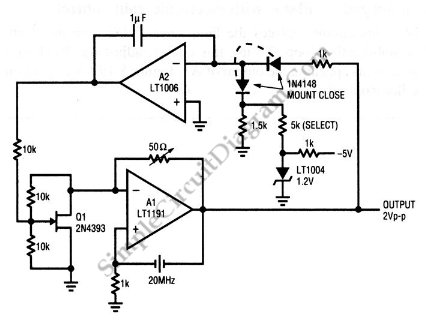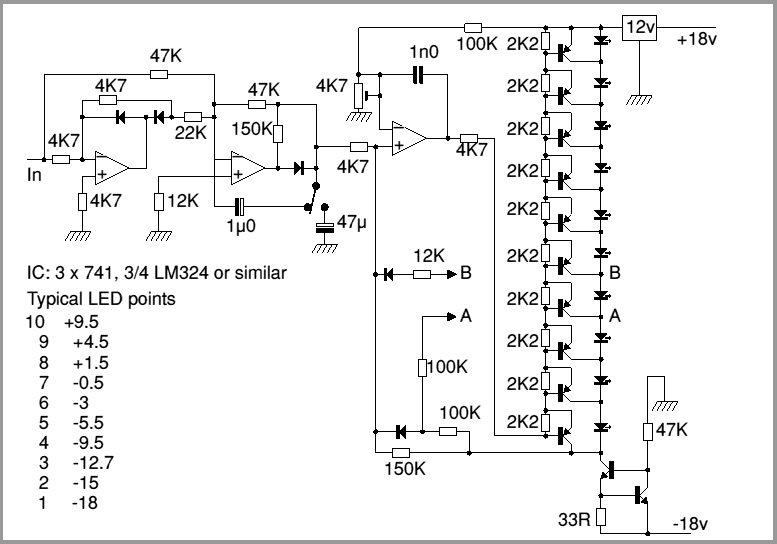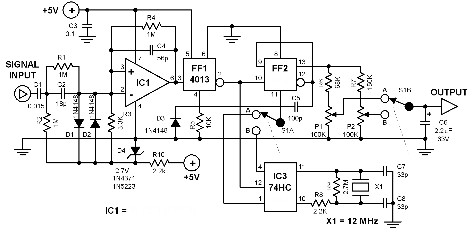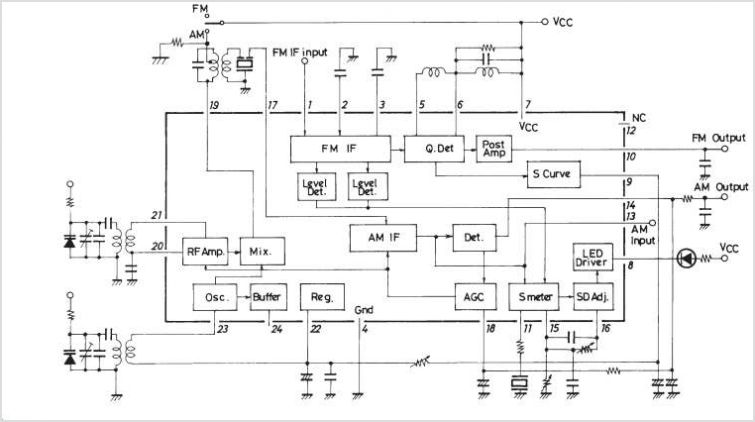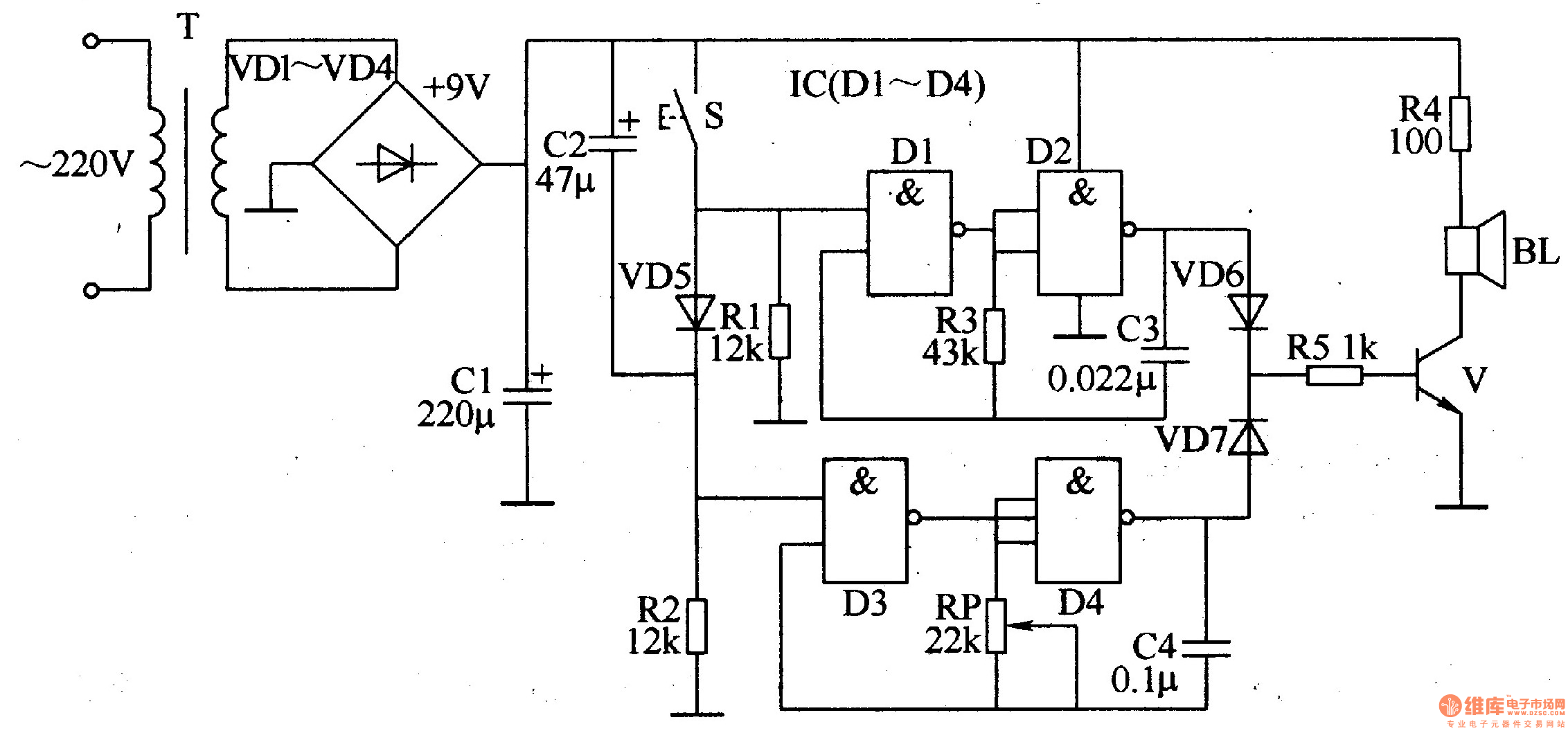
Electronic counter
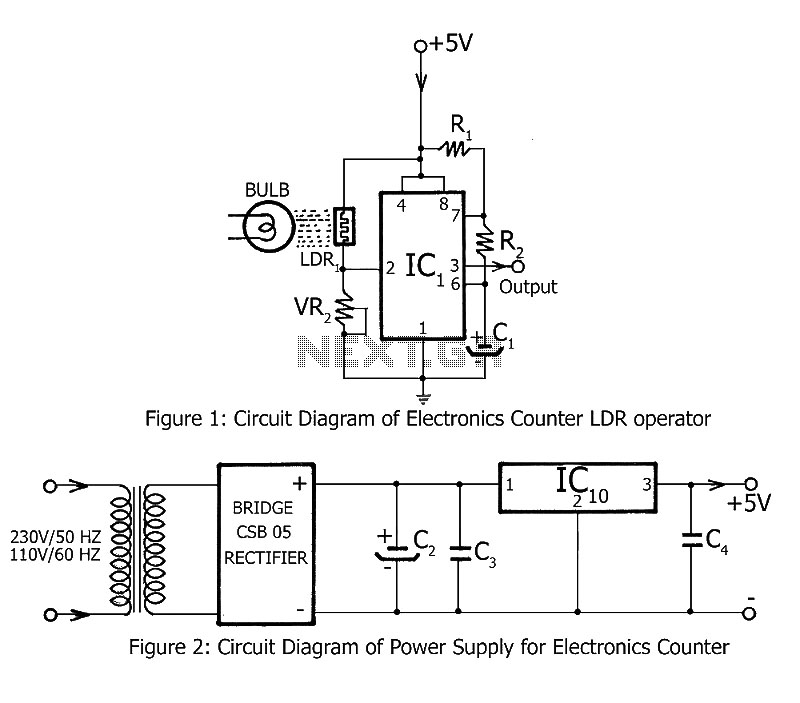
Simple counting can be performed by anyone, but counting over large intervals can be tedious and prone to errors. A previously published project, the Digital Counter, serves as a foundation for this electronics counter, which is the second project in the counting series by Dreamlover Technology. Both counting circuits can count up to 10,000 using four seven-segment displays. The key difference is that the previous circuit employs CMOS ICs, while this electronics counter utilizes TTL ICs. The input circuit features a light-dependent resistor (LDR) followed by a negative square wave generator circuit built around a Timer IC (NE555). A bulb serves as the light source focused on the LDR. The LDR generates a trigger signal and produces a square wave output whenever the light directed at it is obstructed. Objects to be counted are arranged in a row to pass between the light source and the LDR. The counter IC (IC2) displays numbers between 0-9 based on the input square wave received at pin 14. After each negative pulse, a carry pulse is generated by the decoder IC and passed to subsequent ICs (from IC2 to IC3, IC3 to IC4, and IC4 to IC5). IC5 and IC6 function as BCD to 7-segment latch decoder drivers. A reset switch (SW1) is provided to reset the electronics counter to the 0000 state.
The electronics counter circuit is designed to automate the counting process, minimizing human error during large interval counting. The use of TTL ICs enhances the reliability and speed of the circuit compared to CMOS counterparts, allowing for faster switching and lower propagation delays. The heart of the counting mechanism lies in the interaction between the LDR and the NE555 timer, which serves as a pulse generator.
When an object passes between the light source and the LDR, it interrupts the light beam, causing the LDR's resistance to change. This change triggers the NE555 timer to produce a negative square wave output. The frequency of this output correlates directly with the rate at which objects are counted. The square wave signal is fed into IC2, a binary counter, which counts the pulses generated by the NE555 timer. Each pulse increments the count displayed on the seven-segment displays.
The cascading connection of the counters (IC2 to IC3, IC3 to IC4, IC4 to IC5) allows for counting beyond single digits, enabling the display of numbers up to 10,000 across the four displays. The BCD to 7-segment latch decoder drivers (IC5 and IC6) convert the binary-coded decimal output from the counters into a format suitable for the seven-segment displays, ensuring clear and readable output.
The inclusion of a reset switch (SW1) allows users to easily reset the counter, bringing it back to a known state of 0000. This feature is particularly useful in applications where counting needs to be restarted frequently, providing flexibility and ease of use. Overall, this electronics counter circuit effectively combines various components to create a reliable, user-friendly counting solution suitable for a range of applications.Simple counting can be done by anyone but counting in interval up to large number is tedious and the chance of forget is maximum. As, we have already published Counter Circuit | Digital Counter. Now, here electronics counter is second project by dreamlover technology in the series of counting based project.
Bothe the counting circuit published i n this website counts up to 10, 000 with the help of four seven-segment displays. The difference is previous circuit utilize CMOS ICs where the electronics counter use TTL ICs. The input circuit consists of LDR following by negative square wave generator circuit build around Timer IC (NE555). A bulb is used here as light source focused on LDR. The property of LDR is that whenever the light focused on base of LDR is obstructed, it gives trigger and square wave is generated and given as input signal to counter circuit.
So the objects to be counted are arranged in a row to move one by one in between the light source and the LDR. IC2 shows any number between 0-9 according to input square wave given to pin no 14. After each negative pulse a carrying pulse is produced by decoder IC and given to another one (i. e. from IC2 to IC3, IC3 to IC4, IC4 to IC5 ). IC5 and IC6 is BCD to 7-segment latch decoder driver. The reset switch SW1 is used to reset the electronics counter to 0000 states. 🔗 External reference
The electronics counter circuit is designed to automate the counting process, minimizing human error during large interval counting. The use of TTL ICs enhances the reliability and speed of the circuit compared to CMOS counterparts, allowing for faster switching and lower propagation delays. The heart of the counting mechanism lies in the interaction between the LDR and the NE555 timer, which serves as a pulse generator.
When an object passes between the light source and the LDR, it interrupts the light beam, causing the LDR's resistance to change. This change triggers the NE555 timer to produce a negative square wave output. The frequency of this output correlates directly with the rate at which objects are counted. The square wave signal is fed into IC2, a binary counter, which counts the pulses generated by the NE555 timer. Each pulse increments the count displayed on the seven-segment displays.
The cascading connection of the counters (IC2 to IC3, IC3 to IC4, IC4 to IC5) allows for counting beyond single digits, enabling the display of numbers up to 10,000 across the four displays. The BCD to 7-segment latch decoder drivers (IC5 and IC6) convert the binary-coded decimal output from the counters into a format suitable for the seven-segment displays, ensuring clear and readable output.
The inclusion of a reset switch (SW1) allows users to easily reset the counter, bringing it back to a known state of 0000. This feature is particularly useful in applications where counting needs to be restarted frequently, providing flexibility and ease of use. Overall, this electronics counter circuit effectively combines various components to create a reliable, user-friendly counting solution suitable for a range of applications.Simple counting can be done by anyone but counting in interval up to large number is tedious and the chance of forget is maximum. As, we have already published Counter Circuit | Digital Counter. Now, here electronics counter is second project by dreamlover technology in the series of counting based project.
Bothe the counting circuit published i n this website counts up to 10, 000 with the help of four seven-segment displays. The difference is previous circuit utilize CMOS ICs where the electronics counter use TTL ICs. The input circuit consists of LDR following by negative square wave generator circuit build around Timer IC (NE555). A bulb is used here as light source focused on LDR. The property of LDR is that whenever the light focused on base of LDR is obstructed, it gives trigger and square wave is generated and given as input signal to counter circuit.
So the objects to be counted are arranged in a row to move one by one in between the light source and the LDR. IC2 shows any number between 0-9 according to input square wave given to pin no 14. After each negative pulse a carrying pulse is produced by decoder IC and given to another one (i. e. from IC2 to IC3, IC3 to IC4, IC4 to IC5 ). IC5 and IC6 is BCD to 7-segment latch decoder driver. The reset switch SW1 is used to reset the electronics counter to 0000 states. 🔗 External reference
Warning: include(partials/cookie-banner.php): Failed to open stream: Permission denied in /var/www/html/nextgr/view-circuit.php on line 713
Warning: include(): Failed opening 'partials/cookie-banner.php' for inclusion (include_path='.:/usr/share/php') in /var/www/html/nextgr/view-circuit.php on line 713
